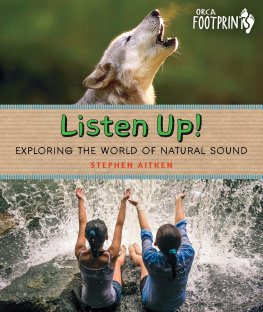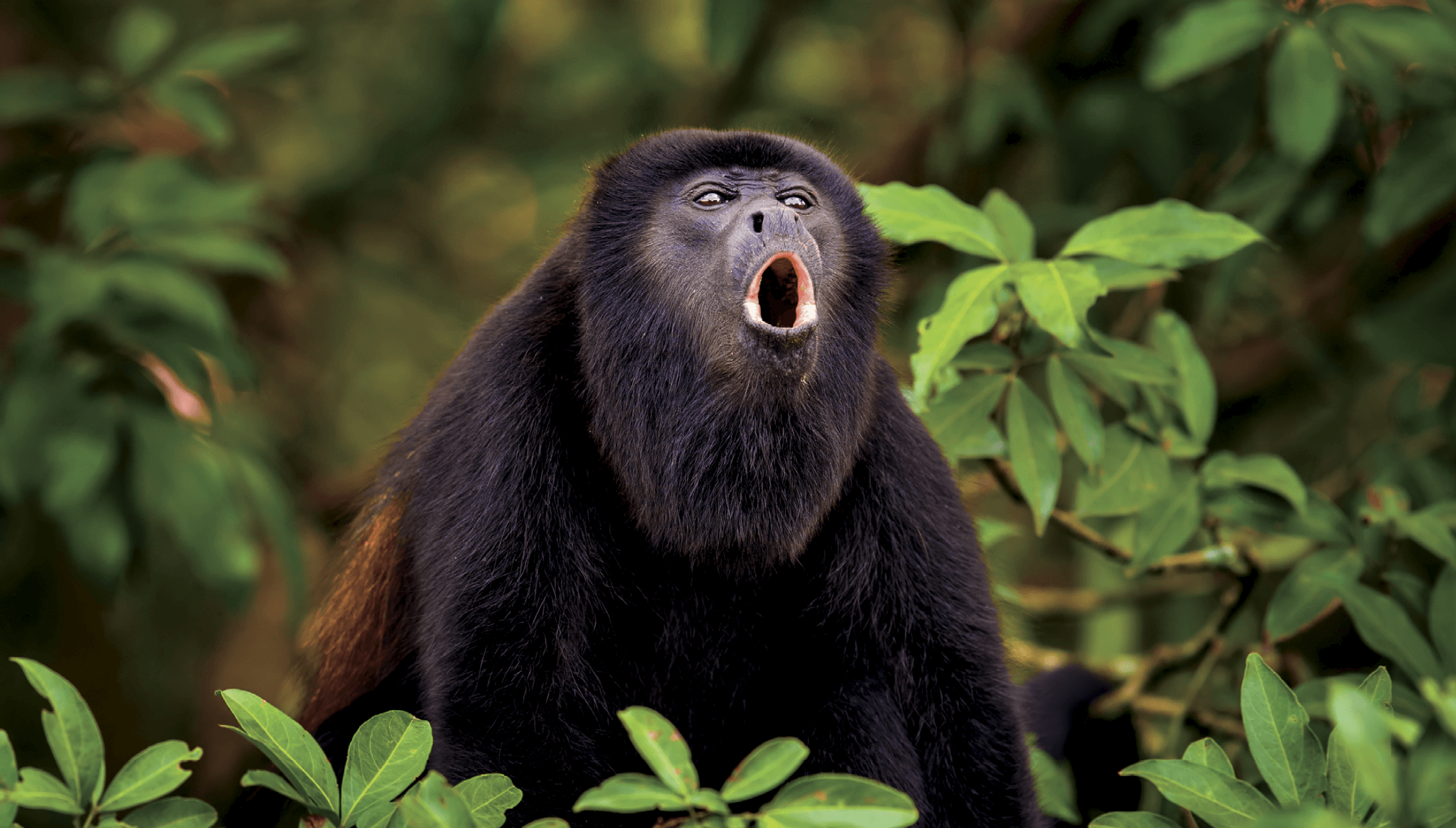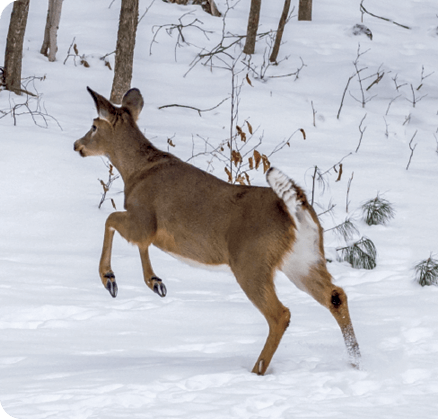Stephen Aitken - Listen Up!: Exploring the World of Natural Sound
Here you can read online Stephen Aitken - Listen Up!: Exploring the World of Natural Sound full text of the book (entire story) in english for free. Download pdf and epub, get meaning, cover and reviews about this ebook. year: 2022, publisher: Orca Book Publishers, genre: Detective and thriller. Description of the work, (preface) as well as reviews are available. Best literature library LitArk.com created for fans of good reading and offers a wide selection of genres:
Romance novel
Science fiction
Adventure
Detective
Science
History
Home and family
Prose
Art
Politics
Computer
Non-fiction
Religion
Business
Children
Humor
Choose a favorite category and find really read worthwhile books. Enjoy immersion in the world of imagination, feel the emotions of the characters or learn something new for yourself, make an fascinating discovery.
- Book:Listen Up!: Exploring the World of Natural Sound
- Author:
- Publisher:Orca Book Publishers
- Genre:
- Year:2022
- Rating:5 / 5
- Favourites:Add to favourites
- Your mark:
Listen Up!: Exploring the World of Natural Sound: summary, description and annotation
We offer to read an annotation, description, summary or preface (depends on what the author of the book "Listen Up!: Exploring the World of Natural Sound" wrote himself). If you haven't found the necessary information about the book — write in the comments, we will try to find it.
The sounds of nature are being drowned out by the clamor of human activity, and thats not good for people, animals or the environment.
Every living thing emits soundbirds sing, whales whistle, streams burble and trees pop and fizzle. In Listen Up, young readers are introduced to all the sounds of the natural world, from the first Big Bang to the complex soundscapes of the rainforests.
Readers will also discover how the invasion of human sounds, from airplanes, traffic and machines, is threatening the survival of species that have adapted to their habitats over thousands of years. Conserving the sounds of nature is an important part of addressing the biggest challenges facing humanity todayprotecting the planets biodiversity and the future of our natural world.
Stephen Aitken: author's other books
Who wrote Listen Up!: Exploring the World of Natural Sound? Find out the surname, the name of the author of the book and a list of all author's works by series.












